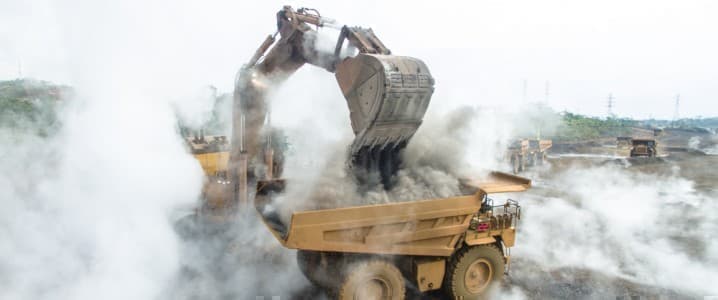The days when big miners like BHP Billiton (NYSE:BHP), Rio Tinto (OTCPK:RTPPF) and Glencore Plc (OTCPK:GLCNF) could make heavy investments in the oil and gas business and only appease green-tinged investors by making half-hearted divestments are numbered. With ESG investing rapidly gaining momentum and climate change goals looming, mining companies are being forced to align capital spending with their emissions reduction pledges, with activist and institutional investors sometimes demanding sale of entire fossil fuel portfolios.
Three years ago, Rio Tinto did the seemingly unthinkable by selling its entire portfolio of thermal coals in Queensland, Australia. Rio sold its Coal & Allied business to, ironically, Glencore for nearly $1.7B and its interest in the Kestrel underground coal mine to a consortium comprising private equity manager EMR Capital and PT Adaro Energy Tbk for $2.25 billion. The sale of the mine made Rio the only major global company with zero coal assets.
As the world’s largest mining company, Glencore’s approach to fossil fuel assets has been retaining and gradually “managing down” the assets toward the net-zero horizon in 2050. On the other hand, the world’s second-largest mining company, BHP, has been more ruthless in distancing itself from oil and gas though, ironically again, some activist investors want it to slow the tempo.
Back in August, BHP announced that it will shift its oil and gas assets into a joint venture with Australian outfit Woodside, a clear indication that the “Big Australian” is getting out of the carbon-based fuel industry. This was an all-stock deal because it would have been an uphill task to arrange bank financing for the new venture.
Related: U.S. Looks To Ease Tensions With Russia
BHP has also been offloading its thermal coal assets, and recently sold its share in the Cerrejon coal mine in Columbia to Glencore in June. Meanwhile, the company has written down the value of its Mt Arthur mine in Australia’s Hunter Valley as it continues to hunt for a buyer. Elliott Management have historically pushed for a wholesale petroleum demerger, but Friends of the Earth subsidiary Market Forces, one of the most prolific agitators of corporate Australia, has taken a stance that has surprised many:
“We would certainly prefer to see BHP hold on to those [petroleum] assets and manage them down including their capex decision-making in a manner consistent with the Paris goals and achieving net-zero by 2050,” the group has declared.
Mining companies have another powerful reason to ditch oil and focus on their core competency: metals have been slated to become the new oil.
Mining companies have been minting bumper profits this year as metal and commodity prices skyrocket.
Metals Are The New Oil
The energy transition is driving the next commodity supercycle, with immense prospects for technology manufacturers, energy traders and investors. Indeed, new energy research provider BloombergNEF estimates that the global transition will require ~$173 trillion in energy supply and infrastructure investment over the next three decades with renewable energy expected to provide 85% of our energy needs by 2050.
But nowhere is the outlook brighter than the metals industry.
Clean energy technologies require more metals than their fossil fuel-based counterparts. According to a recent Eurasia Review analysis, prices for copper, nickel, cobalt, and lithium could reach historical peaks for an unprecedented, sustained period in a net zero emissions scenario, with total value of production rising more than four-fold for the period 2021-2040, and even rivaling the total value of crude oil production.
There’s a big negative for the fossil fuel sector--BNEF has forecast that electric and fuel cell vehicles will displace 21 million barrels per day in oil demand by 2050.

Source: Eurasia Review
In the net zero emissions scenario, the metals demand boom could lead to a more than fourfold increase in the value of metals production–totaling $13 trillion accumulated over the next two decades for the four metals alone.
This could rival the estimated value of oil production in a net-zero emissions scenario over that same period, making the four metals macro-relevant for inflation, trade, and output, and provide significant windfalls to commodity producers.
By Alex Kimani for Oilprice.com
More Top Reads From Oilprice.com:
- Cocaine, Guns And Gushers: Colombia’s Oil Industry Struggles To Reactivate
- Waste Disposal Back In The Spotlight As America Ramps Up Nuclear Sector
- Brazil Rushes Ahead With Key Oil Projects As Prices Remain Elevated


















